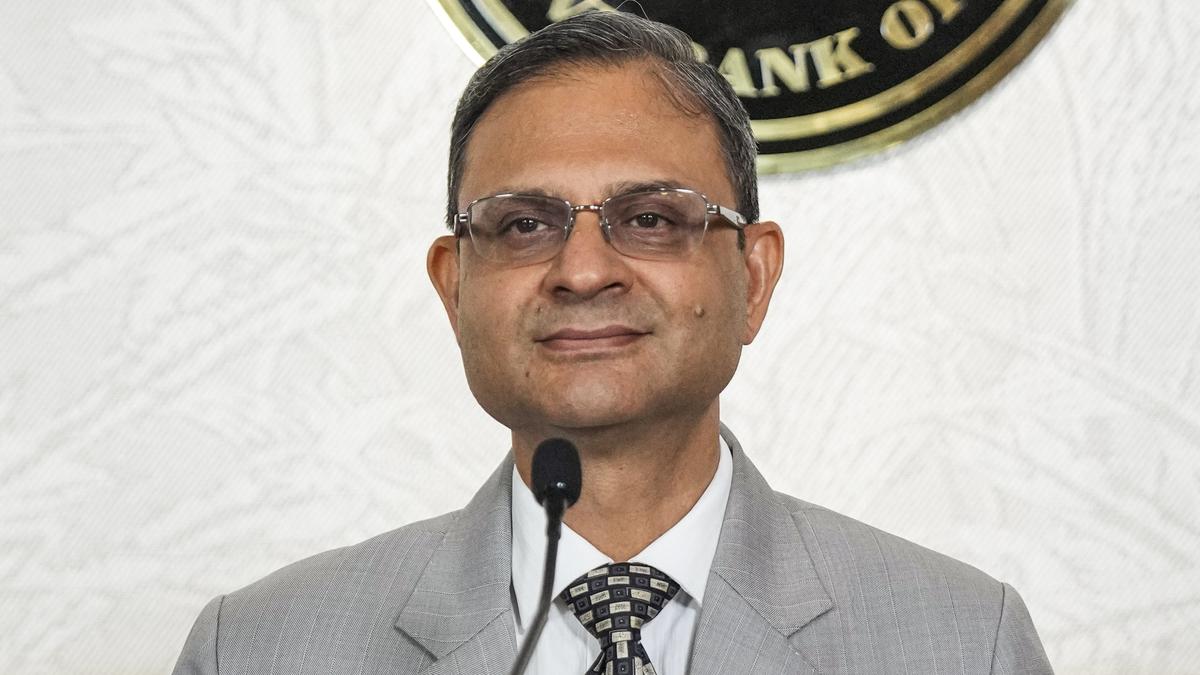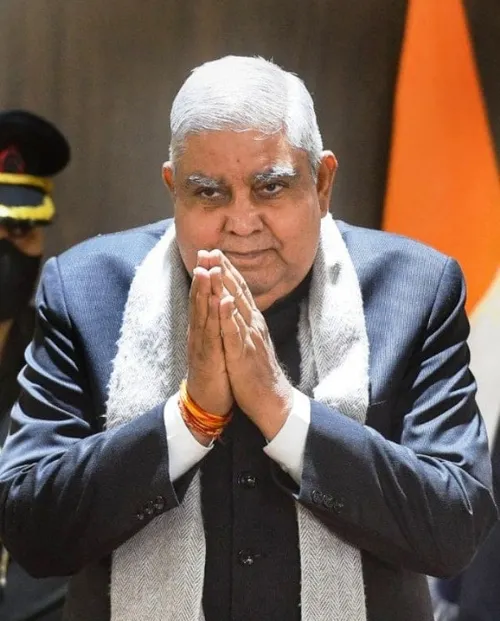
The neutral stance allows the MPC to be data-driven and nimble in its decision making on rates
| Photo Credit:
SHASHANK PARADE
The Monetary Policy Committee deserves praise for doing what the doctor ordered: delivering a generous and bold repo rate cut of 50 basis points to 5.5 per cent and a 100 basis points cut in cash reserve ratio to 3 per cent of net demand and time liabilities. The latter will come into effect in September in phases, timed for the festive season.
Reserve Bank of India Governor Sanjay Malhotra, on Friday, convincingly explained the rationale for stimulating the economy. Broadly speaking, the MPC has rightly reckoned that there could have been no better time to ‘frontload’ its rate action. The growth-inflation mix is ideal for the MPC to have done so — the first being below potential, and the second benign. Inflation is expected to stay below the 4 per cent threshold till the end of the calendar year, with FY26 inflation at 3.7 per cent. An above normal south-west monsoon and lower commodity prices as a result of US tariffs hurting global growth are expected to have a lasting price effect. The Governor implicitly acknowledged the demand constraint in the economy by saying it was “imperative” to stimulate private consumption and investment — so that the projected 6.5 per cent growth for FY26 can be comfortably met, if not surpassed. The onus to provide this boost lies with monetary policy as there is little fiscal space now to do the same.
Post-Covid fiscal consolidation is underway in order to bring down public debt levels, and rightly so. By slashing rates, CRR (an indication of confidence in banks’ financials) and unequivocally pushing for growth, it can perhaps no longer be said that the MPC is ‘behind the curve’. For more than an entire financial year (FY25), the MPC remained overly anxious about inflation and arguably stifled growth impulses in the process. The 100 basis points cut since February has been an emphatic course correction. However, the MPC has cleverly left a window open for reacting deftly and nimbly to a change in circumstances. It has altered the stance from ‘accommodation’ to ‘neutral’, after having done the opposite in its April policy. Since Governor Malhotra’s April policy statement says that the “stance should not be directly associated with liquidity conditions”, it implies that a shift is more a reference to the movement of rates in future.
So, rate cuts are not really on the cards for a while, with Governor Malhotra having said quite as much. The neutral stance allows the MPC to be data-driven in its decision making on rates, while being committed to liberal liquidity management to keep money and bond markets cool. From now on, the onus is on banks to lend more, supporting incipient signs of revival in consumption and investment. At a broader level, the policy action points to a remarkable, new-found confidence in India’s fundamentals and external account — even as the interest differential between India and the US has narrowed to 160 basis points or so. It also arguably points to a changing world order of monetary divergence or independence.
Published on June 6, 2025
Anurag Dhole is a seasoned journalist and content writer with a passion for delivering timely, accurate, and engaging stories. With over 8 years of experience in digital media, she covers a wide range of topics—from breaking news and politics to business insights and cultural trends. Jane's writing style blends clarity with depth, aiming to inform and inspire readers in a fast-paced media landscape. When she’s not chasing stories, she’s likely reading investigative features or exploring local cafés for her next writing spot.






